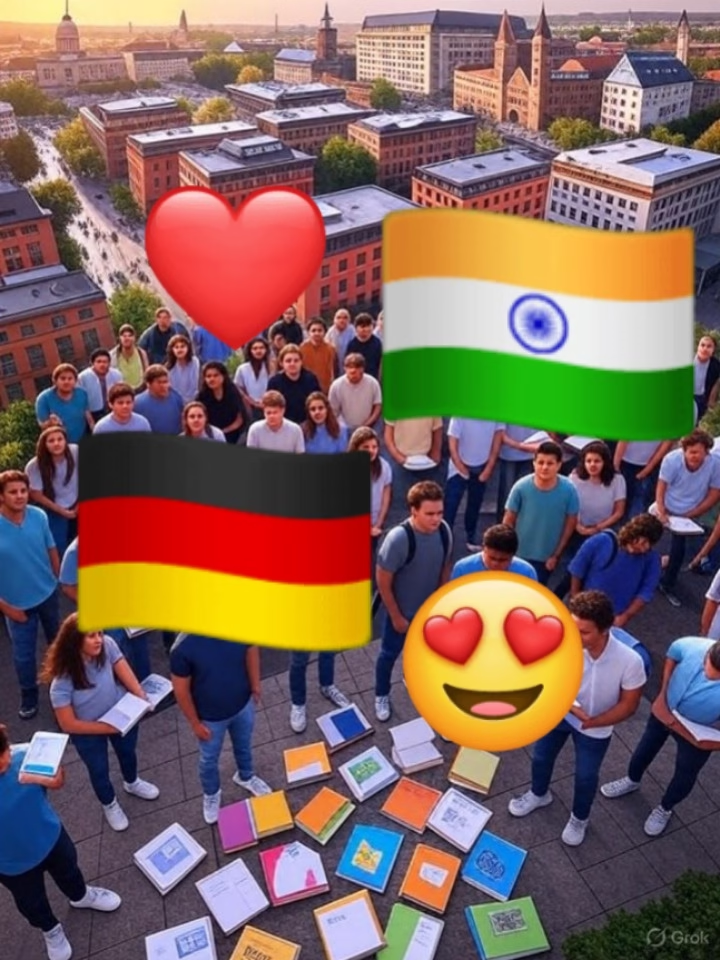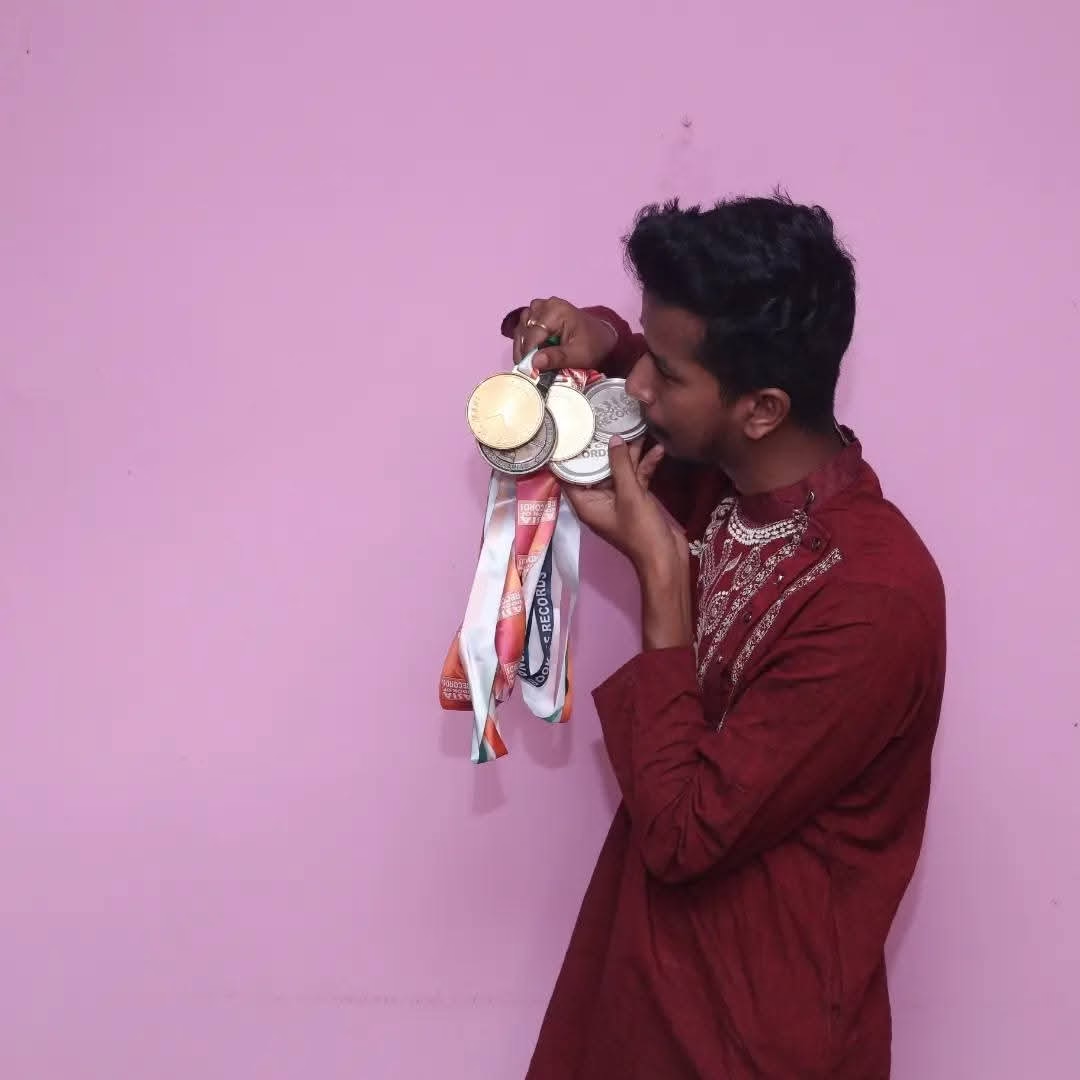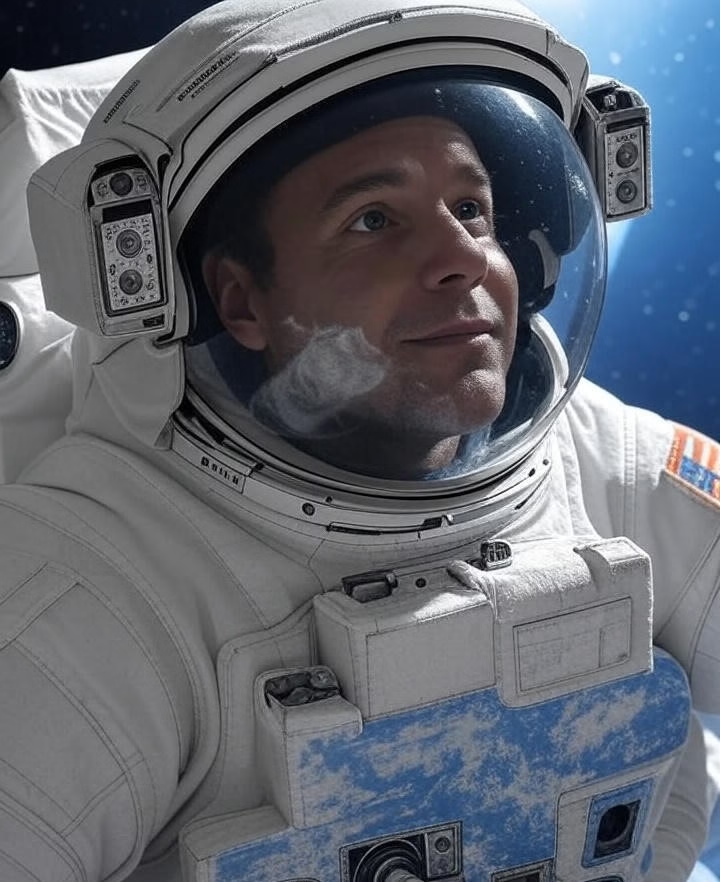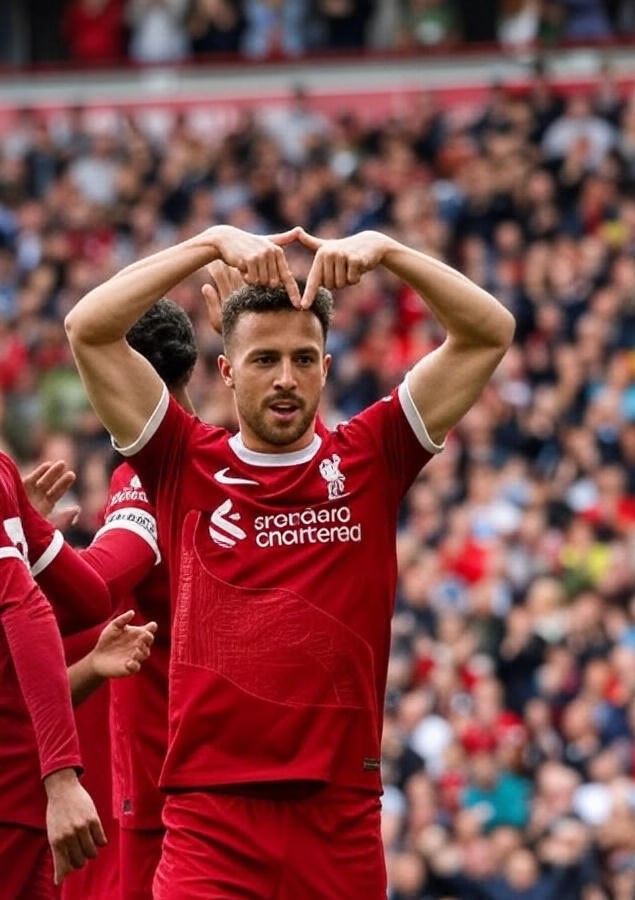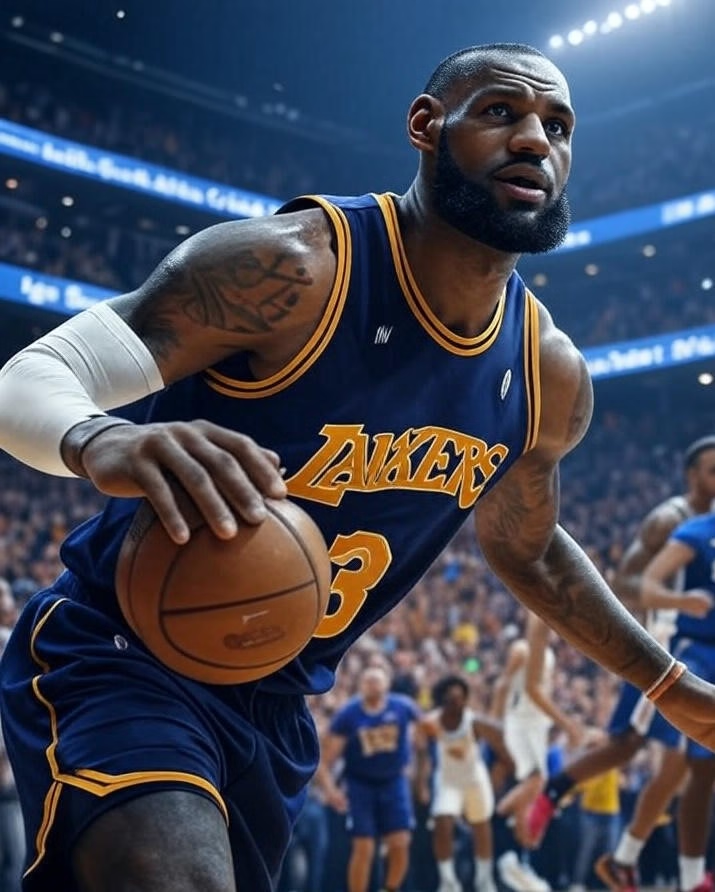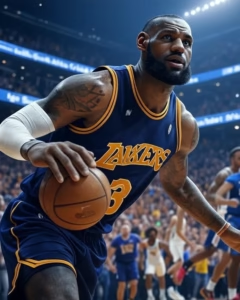Detailed Solutions for Higher-Order Thinking Questions (HOTs) – Life Processes (Class 10 CBSE)

Detailed Solutions for Higher-Order Thinking Questions (HOTs) – Life Processes (Class 10 CBSE)
Detailed Solutions for Higher-Order Thinking Questions (HOTs) – Life Processes (Class 10 CBSE)
Life Processes Life Processes NCERT Solutions
These solutions provide in-depth explanations to help students understand concepts better and apply them effectively in exams.
1. Nutrition
Q1. Why do carnivores have a shorter small intestine compared to herbivores?
Solution: Carnivores primarily consume meat, which contains proteins and fats that are easily broken down by digestive enzymes. Since their food is quickly digested and absorbed, they have a shorter small intestine. On the other hand, herbivores eat plant materials that contain cellulose, which is difficult to digest. They require a longer small intestine to allow more time for bacterial fermentation and digestion of cellulose.
Q2. A person is advised to take enzyme supplements because of improper digestion. Which organ might not be functioning properly, and why?
Solution: The pancreas is responsible for producing digestive enzymes such as amylase (for carbohydrates), trypsin (for proteins), and lipase (for fats). If the pancreas is not functioning properly, digestion will be incomplete, leading to malabsorption of nutrients, bloating, and discomfort. Enzyme supplements help compensate for the deficiency.
Q3. If the bile duct of a person gets blocked, how will it affect digestion?
Solution: Bile, produced by the liver and stored in the gallbladder, helps in the emulsification of fats. It breaks down large fat globules into smaller droplets for efficient action of lipase enzymes. If the bile duct is blocked, bile cannot reach the intestine, leading to poor fat digestion, resulting in fatty stools (steatorrhea) and nutritional deficiencies.
Q4. Why do some plants trap and digest insects, even though they perform photosynthesis?
Solution: Carnivorous plants like pitcher plants and Venus flytraps grow in nitrogen-deficient soils. To compensate, they trap insects and digest them to obtain nitrogen, which is essential for protein and enzyme synthesis.
Q5. In a plant, why are leaves considered the main site of photosynthesis instead of stems or roots?
Solution: Leaves contain chloroplasts, which house chlorophyll, the pigment essential for absorbing sunlight. Their broad, flat structure maximizes light absorption, and stomata facilitate gas exchange. While some green stems can perform photosynthesis, roots lack chlorophyll and cannot.

2. Respiration
Q6. How does the accumulation of lactic acid in muscles affect the body?
Solution: During intense physical activity, oxygen supply to muscles may be insufficient, leading to anaerobic respiration. This produces lactic acid instead of CO₂ and water. Lactic acid lowers the pH of muscle cells, causing cramps, stiffness, and fatigue.
Q7. Why do plants not require a specialized respiratory system like animals?
Solution:
- Lower energy demand: Plants do not move and have fewer metabolic needs.
- Direct gas exchange: Oxygen and carbon dioxide diffuse through stomata, lenticels, and root surfaces without needing a circulatory system.
- Distributed respiration: Every plant cell respires independently, reducing the need for a specialized system.
Q8. What would happen if the alveoli in human lungs were damaged?
Solution: Alveoli are tiny air sacs in the lungs where gas exchange occurs. If damaged (due to smoking, pollution, or diseases like emphysema), the surface area for oxygen absorption decreases, leading to breathlessness, low oxygen levels, and increased carbon dioxide retention.
Q9. Why do deep-sea animals use anaerobic respiration despite the presence of oxygen in water?
Solution: At great depths, oxygen availability is very low. Deep-sea animals have adapted by using anaerobic respiration to produce energy without oxygen. However, this process is less efficient and produces toxic byproducts like lactic acid.
Q10. Why do astronauts and mountaineers breathe faster at high altitudes?
Solution: At high altitudes, air pressure decreases, reducing oxygen availability. To compensate, the body increases breathing rate to take in more oxygen and maintain normal bodily functions.
3. Circulatory System
Q11. Why do arteries have thicker walls than veins?
Solution: Arteries carry oxygenated blood under high pressure from the heart to body tissues. To withstand this pressure, they have thicker, muscular walls. Veins, which carry blood back to the heart under low pressure, have thinner walls.
Q12. Why do veins have valves but arteries do not?
Solution: Blood in veins flows against gravity (e.g., from legs to heart). Valves prevent backflow and ensure one-way movement of blood, whereas arteries do not need valves since blood moves under high pressure.
Q13. What would happen if a person’s red blood cell (RBC) count suddenly decreased?
Solution: RBCs contain hemoglobin, which transports oxygen. A sudden drop in RBC count leads to low oxygen supply to tissues, causing fatigue, dizziness, and breathlessness (a condition called anemia).
4. Excretion
Q16. Why do desert animals excrete uric acid instead of urea?
Solution: Uric acid is insoluble in water and is excreted as a solid or paste, minimizing water loss—an important adaptation for survival in dry environments.
-
📘 Becoming an Astronaut in India (ISRO) – A Complete Guide After Class 12
📘 Becoming an Astronaut in India (ISRO) – A Complete Guide After Class 12 ✍️…
-
📘 Calculus: GATE Engineering Mathematics – Section 2
📘 Calculus: GATE Engineering Mathematics – Section 2 🧠 Prepared with Inspiration from GrandMaster Bikram…
-
✍️ Master English Grammar: Fun Tricks & Smart Hacks for Confident English! 📚✨
✍️ Master English Grammar: Fun Tricks & Smart Hacks for Confident English! 📚✨ 🔥 Presented…
-
Germany’s Warm Admiration for Indian & Asian Communities
🇩🇪✨ Germany’s Warm Admiration for Indian & Asian Communities A Heartfelt Celebration of Culture, Talent,…
-
📘 Master Vedic Math: Multiply Big Numbers Fast (3×3 & 4×4 Digit Trick)
📘 Master Vedic Math: Multiply Big Numbers Fast (3×3 & 4×4 Digit Trick) 👨🏫 By…
-
📘 Vedic Math: Multiplication & Division Shortcut Tricks
📘 Vedic Math: Multiplication & Division Shortcut Tricks 👨🏫 By Grandmaster Bikram Sutradhar🏆 5× World…
-
📘 VEDIC MATH: SQUARE & CUBE TRICKS (Full Guide for Competitive Exams)
📘 VEDIC MATH: SQUARE & CUBE TRICKS (Full Guide for Competitive Exams) 👨🏫 By Grandmaster…
-
📅Calendar Tricks & Shortcuts – Learn to Find Day, Date & More in Seconds!
📅 Calendar Tricks & Shortcuts – Learn to Find Day, Date & More in Seconds!…
-
🔥 Ultimate Guide to Computer & Laptop Shortcut Keys 🧠💻
🔥 Ultimate Guide to Computer & Laptop Shortcut Keys 🧠💻 🚀 Boost your speed 10X…
-
July 2025 Vedic Moon‑Sign Horoscope 🌙 | Saturn & Mercury Retrograde Insights
July 2025 Vedic Moon‑Sign Horoscope 🌙 | Saturn & Mercury Retrograde Insights 📝Prepare for July 2025 with…
-
Top 20 Shubh Tracks You MUST Watch on @SHUBHWORLDWIDE 🎧
Top 20 Shubh Tracks You MUST Watch on @SHUBHWORLDWIDE 🎧 📝 Top 20 Shubh Tracks…
-
🕊️ Remembering Diogo Jota: A Football Legend ⚽
🕊️ Remembering Diogo Jota: A Football Legend ⚽ The football world mourns the tragic loss…
-
Dr. Jahnnabi Choudhury Completes BDS Degree – A Proud Moment for a Teacher | SirBikramSutradhar | bAstronautWay | Grandmaster Bikram Sutradhar
Dr. Jahnnabi Choudhury Completes BDS Degree – A Proud Moment for a Teacher Dr. Jahnnabi…
-
🌟🎉 Anupa Datta Shines Again with 475 Marks in TBSE Class 12 Science 2025 – A True Inspiration! Tbse Board Result 2025 🎉🌟
📅 Published on: April 30, 2025📍 Agartala, Tripura In a world where challenges often dim…
-
🚀 bAstronautWay – Your Ultimate Learning Destination! 🎓✨
TBSE CBSE Undergraduate and Postgraduate Entrance Exams 📍 Our Locations: 📌 Amtali | 📌 Uttam…
-
Upcoming Cars in India 2025 🚗 | New Updates By GrandMaster Bikram Sutradhar | bAstronautWay Auto Review
Upcoming Cars in India 2025 🚗 | New Updates By GrandMaster Bikram Sutradhar | bAstronautWay…
-
🏆 Class 5 Mathematics Olympiad Practice Paper
🏆 Class 5 Mathematics Olympiad Practice Paper By GrandMaster Bikram Sutradhar | bAstronautWay | SirBikramSutradhar5…
-
Today’s Sports Highlights – August 22, 2025
Today’s Sports Highlights – August 22, 2025 By GrandMaster Bikram Sutradhar | bAstronautWay Sports fans…
Q17. What will happen if a person’s kidneys stop functioning?
Solution: Kidneys filter waste like urea, excess salts, and toxins. If they fail, these substances accumulate in the blood, leading to kidney failure, which can be fatal without dialysis or a kidney transplant.
Q18. Why does excessive sweating reduce urine output?
Solution: Sweat contains water and salts. To prevent dehydration, the kidneys reabsorb more water, producing less urine.
5. Transport in Plants
Q21. Why do root hairs play a crucial role in water absorption?
Solution: Root hairs increase the surface area for water and mineral absorption from soil through osmosis and active transport.
Q23. Why does the rate of transpiration increase on a hot, dry day?
Solution:
- High temperature: Increases evaporation of water from leaf surfaces.
- Low humidity: Increases the water potential gradient, pulling more water from the plant.
6. Miscellaneous HOTs Questions
Q26. Why does blood pressure drop in a person who loses a large amount of blood?
Solution: Blood loss reduces blood volume, decreasing the force exerted by the heart on blood vessels, leading to low blood pressure.
Q28. What would happen if stomata remained open all the time?
Solution: Excessive water loss through transpiration would lead to dehydration, wilting, and even death of the plant.
Q29. Why is hemoglobin necessary for oxygen transport in blood?
Solution: Oxygen is poorly soluble in blood plasma. Hemoglobin binds with oxygen, transporting it efficiently to tissues.
Q30. Why do leaves turn yellow when a plant lacks nitrogen?
Solution: Nitrogen is essential for chlorophyll formation. A deficiency reduces chlorophyll production, causing chlorosis (yellowing of leaves).

Written By
Full Stack Developer and 5-Time World Record Holder, Grandmaster Bikram Sutradhar
bAstronautWay : A Government-Approved Trademark Brand
SirBikramSutradhar on YouTube SirBikramSutradhar is also a Government-Approved Trademark Brand.
More Story click the link
ICSE CLASS 10 ICSE CLASS 10 BIOLOGY BASTRONAUTWAY SirBikramSutradhar Bikram Sutradhar GrandMaster Bikram Sutradhar selina biology solutions ICSE Biology Selina Solution








